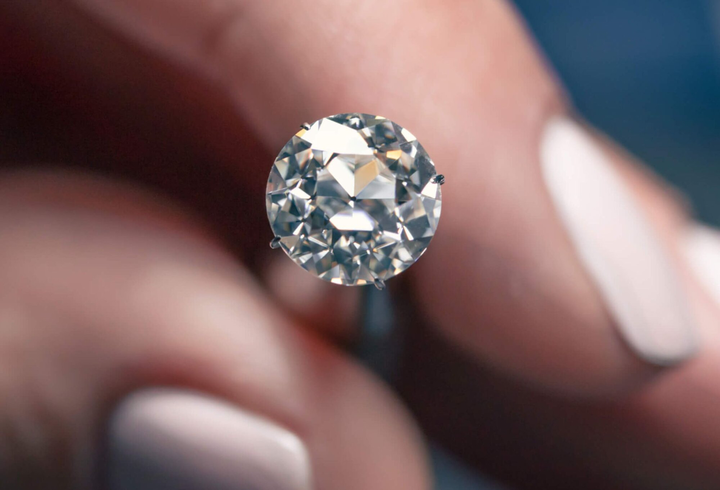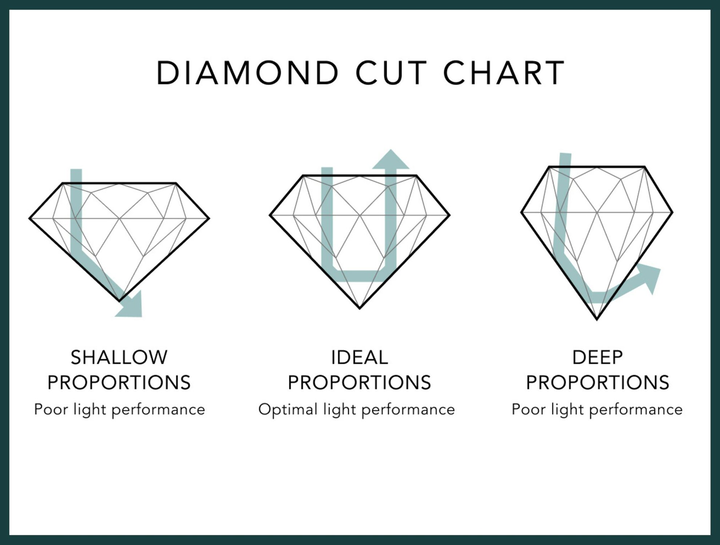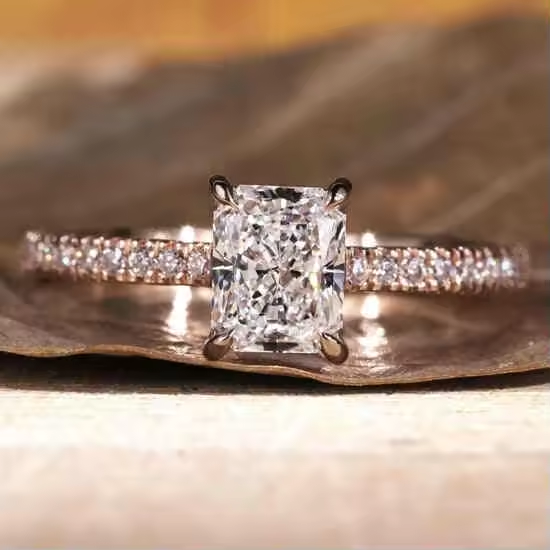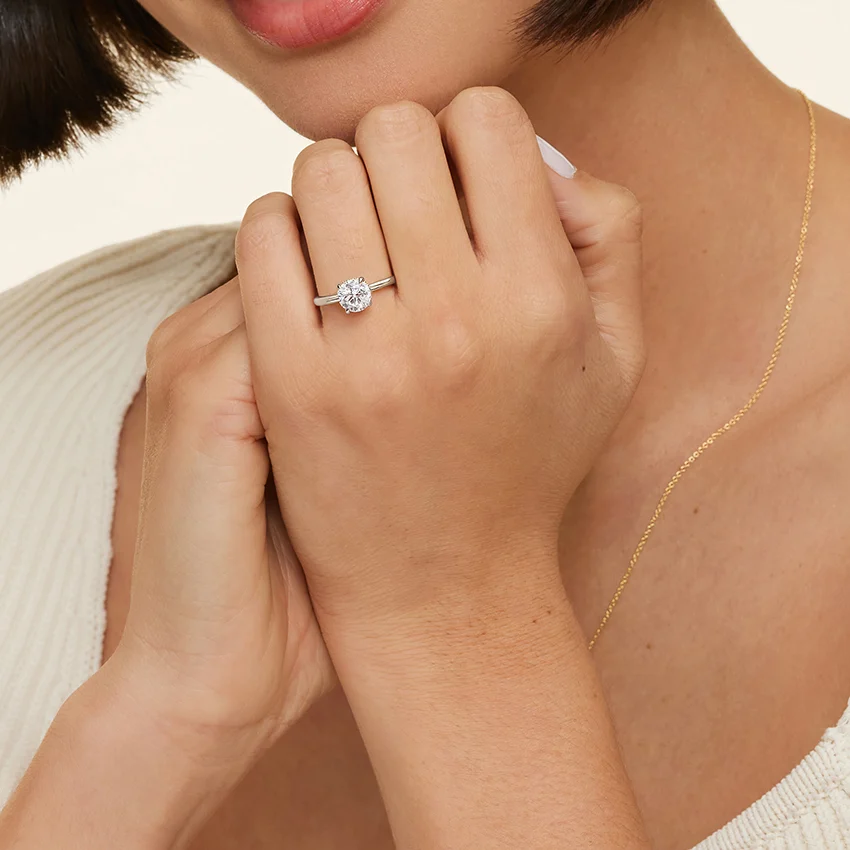
Lab-Grown Diamonds vs. Natural Diamonds
Lab-Grown Diamonds vs. Natural Diamonds: Why Choose Lab-Grown?
When selecting an engagement ring, the biggest advantage of lab-grown diamonds is undoubtedly their price. Compared to natural diamonds, lab-grown diamonds are more affordable, allowing you to purchase a larger diamond for a lower price. If you’re not particular about using a natural gemstone for your wedding ring, lab-grown diamonds are an excellent choice.
What Are Lab-Grown Diamonds?
Lab-grown diamonds are created in controlled laboratory conditions, replicating the natural formation process of diamonds. There are two primary methods used to produce lab-grown diamonds:
- High-Pressure High-Temperature (HPHT)
- Chemical Vapor Deposition (CVD)
Both methods successfully create high-quality lab-grown diamonds that are nearly identical to natural diamonds in their physical properties.
Key Differences Between Lab-Grown and Natural Diamonds
-
Trace Element Differences
Natural diamonds are formed deep within the Earth under extreme conditions and typically contain nitrogen (N) elements. About 98% of natural diamonds include this element, which often follows a specific pattern, making it an important factor in identifying natural diamonds.Lab-grown diamonds, on the other hand, are created in controlled environments and usually do not contain nitrogen. While some HPHT lab-grown diamonds may include small amounts of nitrogen, their elemental characteristics are not the same as natural diamonds. This makes trace elements a key feature for distinguishing between the two.
-
Growth Pattern Differences
The growth patterns of natural diamonds are usually irregular due to the unstable conditions in which they form. Lab-grown diamonds, however, exhibit more regular and distinct growth patterns because they are produced in stable and controlled environments. Under a microscope, experts can easily identify these differences, determining whether a diamond is lab-grown or natural.
Are Lab-Grown Diamonds Worth Buying?
If you are not insistent on your diamond being a natural gemstone, lab-grown diamonds are undoubtedly a smart choice. With lab-grown diamonds, you can purchase a larger diamond for a lower price. For instance, if your engagement ring budget is $600:
- Natural Diamond: You could afford approximately a 0.30-carat diamond.
- Lab-Grown Diamond: You could afford a 1.00-carat diamond—three times the carat weight, offering a much more impressive visual impact.
For most people, a 0.50 to 1.50-carat lab-grown diamond is ideal, as it strikes a perfect balance between size and personal style. Lab-grown diamonds also meet modern consumers’ desire for high value without compromising quality. While they may not possess the rarity of natural diamonds, their lower price makes them an excellent option for those on a budget.
Quality Assurance of Lab-Grown Diamonds
Today’s lab-grown diamond technology has advanced significantly, producing diamonds of exceptional quality. Most lab-grown diamonds have color grades of D-F, clarity grades of VVS-VS, cut grades of EX-VG, and usually lack fluorescence. These high 4C standards ensure that lab-grown diamonds rival natural diamonds in appearance and performance.
Conclusion
The reasons for choosing lab-grown diamonds are simple: affordability and superior quality. If you’re looking to purchase a larger diamond within a reasonable budget and don’t mind it not being a natural diamond, lab-grown diamonds are undoubtedly the best choice.
Not only are they budget-friendly, but they also offer high-quality diamonds that are perfect for engagement rings or commemorative jewelry. By opting for a lab-grown diamond, you maximize your budget while still enjoying the brilliance and quality of a stunning gemstone.








